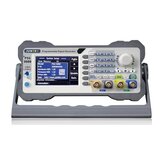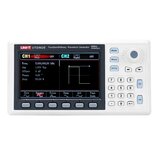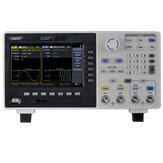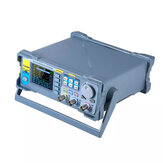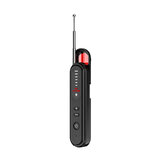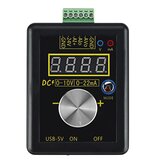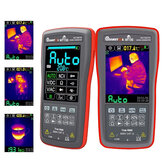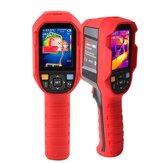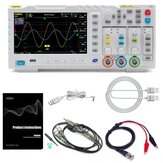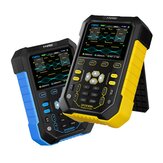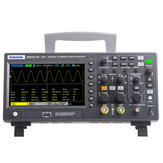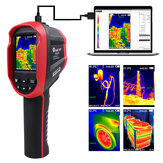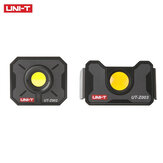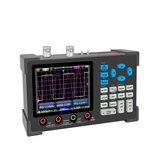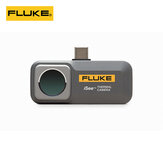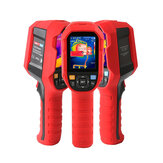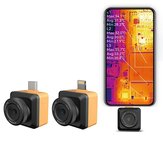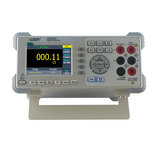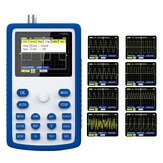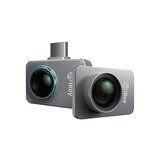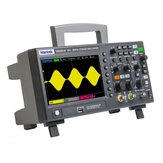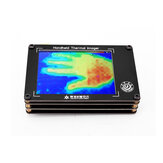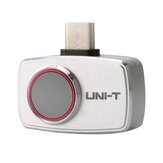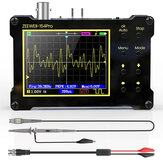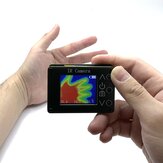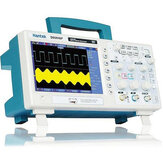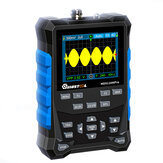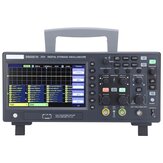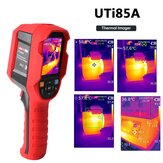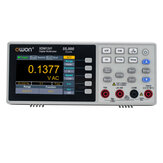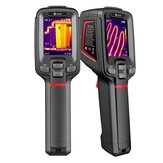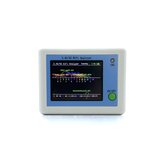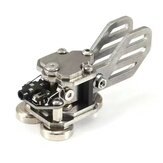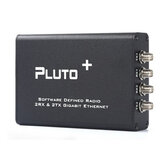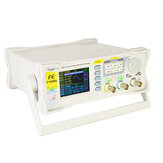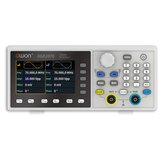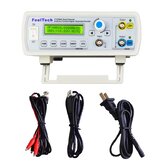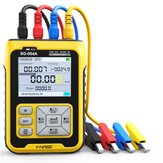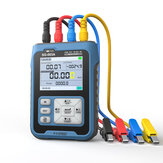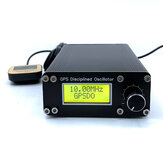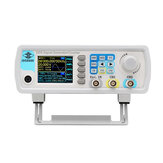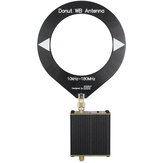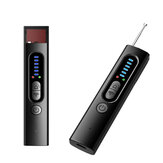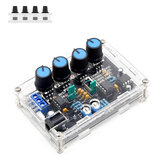Customer Reviews
- All Reviews (108)
- Image (14)
- Video (0)
A part of the review has been auto-translated.
-
26/05/2022
Arrived before the announced deadline of 1 week. The packaging is intact. The set is 100% + gift TTL bluetooth board B-91 for communication with a smartphone application. The quality of the signals corresponds to those requested by the manufacturer. Extremely easy to set up and operate. The price is lower than the quality of workmanship compared to other brands. For a home laboratory it is more than enough. I am very satisfied. I recommend !
CommentsShow Original -
30/03/2022
Received, read the manual, and tested - delightful device ! It came with a little plug in Bluetooth device to use an Android phone or pad to control the PSG9080 - which would allow to move the PSG9080 off the bench and control and read it from the Android device instead of its own screen and controls. I found that Android 7 devices worked with the app to link automatically to the Bluetooth card, but Android 11 did not work. The Bluetooth device shows as BSG045 and if I can get the pairing key for it, can possibly get the Junteks app to connect on Android version 11. Appreciated that the PSG9070 will happily do frequency sweeping and display the envelope on a modern scope, as a way to determine frequency response curves of tuned circuits. One thing that I want to do is make a helper device to safely present a frequency response curve onto a vintage O'scope. The helper device has to present a very high impedance to the X-sweep output from the scope of 2 Meg Ohms, convert the +250 Volt ..0 Volt triangular waveform to +5V ..-5 V waveform that the PSG9080 inputs as external VCO input. The helper device also has to wideband amplify a signal coming from the DUT, and pass it through a diode to get a low frequency (circa 38 Hz frequency response waveform to feed into the old O'scope's amplifier.). Photo of an old O'scope included.. You might think "Why bother with adapting to vintage gear?". The reason is that modern devices, especially signal generators are far easier to use than old devices, and adapting like this reveals what engineers used to have to work with. It is educational and instructive.. Thank you for a great instrument, and long may it continue to work !
CommentsShow Original
